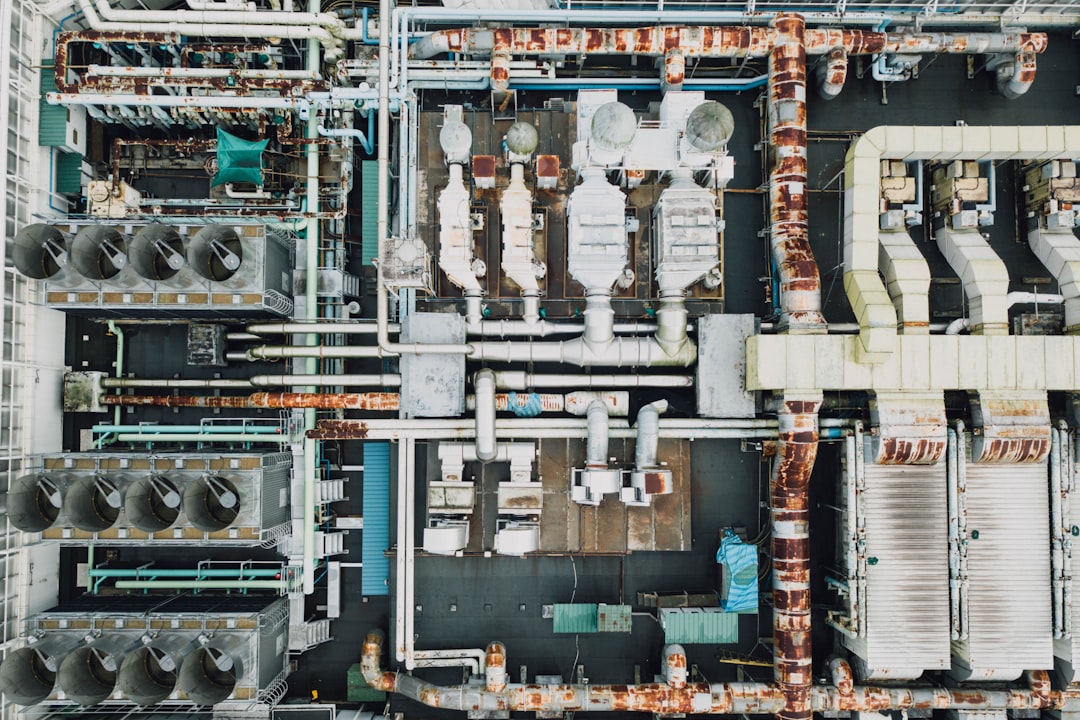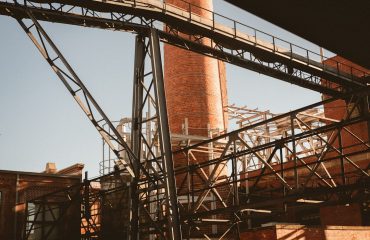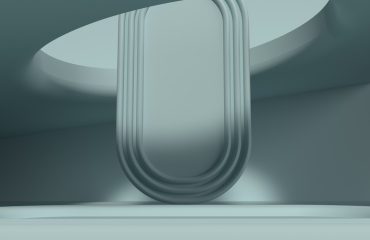The unseen infrastructure beneath our feet – water and gas pipelines – plays a vital role in our daily lives. Their reliability directly impacts public health, safety, and economic stability. Understanding the stringent quality standards governing these pipelines is crucial for ensuring their longevity and preventing costly failures. This post delves into the key aspects of ensuring quality in both water and gas pipe systems.
Material Selection: The Foundation of Pipeline Integrity
The choice of pipe material significantly impacts its lifespan, resistance to corrosion, and overall performance. For water pipes, common materials include copper, PVC (polyvinyl chloride), polyethylene (PE), and ductile iron. Each offers a unique set of advantages and disadvantages. Copper pipes are known for their durability and resistance to microbial growth, but they can be expensive. PVC is a cost-effective option, resistant to corrosion, but susceptible to damage from extreme temperatures. PE pipes are flexible and lightweight, ideal for complex installations, while ductile iron offers high strength and pressure resistance, making it suitable for large-diameter mains.
Gas pipelines, due to the potential hazards of gas leaks, require even stricter material selection. Steel, often coated with polyethylene or other protective layers, is a prevalent choice for its strength and ability to withstand high pressures. However, its susceptibility to corrosion necessitates careful consideration of protective coatings and regular inspections. High-density polyethylene (HDPE) is increasingly used for gas distribution networks due to its excellent corrosion resistance, flexibility, and relatively low cost.
Manufacturing Processes and Quality Control: Ensuring Consistency
Rigorous manufacturing processes are essential to guarantee the consistent quality of water and gas pipes. These processes involve stringent quality control checks at every stage, from raw material selection to the final product. For example, the manufacturing of steel pipes involves precise welding techniques, followed by non-destructive testing (NDT) methods such as radiographic testing and ultrasonic testing to detect any internal flaws or defects. Similarly, plastic pipes undergo rigorous testing to ensure they meet specified pressure ratings and dimensional tolerances.
Quality control measures also extend to the testing of pipe fittings and connections. These components are crucial for ensuring the overall integrity of the pipeline system. Leak testing, pressure testing, and visual inspections are frequently employed to identify any defects or potential weaknesses before installation.
Standards and Regulations: A Framework for Safety and Reliability
Numerous national and international standards and regulations govern the design, manufacturing, installation, and operation of water and gas pipelines. These regulations aim to ensure public safety and prevent environmental damage. For example, the American Society for Testing and Materials (ASTM) provides a wide range of standards for pipe materials, testing procedures, and installation practices. Similarly, organizations like ISO (International Organization for Standardization) publish international standards that are widely adopted worldwide.
Compliance with these standards is crucial for ensuring the reliability and safety of water and gas pipelines. Regular inspections and audits by regulatory bodies are conducted to ensure that pipelines meet the required standards and are operated safely.
Testing and Inspection: Identifying Potential Weaknesses
Testing and inspection are integral parts of ensuring pipeline quality. Both during manufacturing and after installation, various tests are performed to identify potential weaknesses or defects. For water pipes, pressure testing is a standard procedure to verify that the pipes can withstand the operating pressure without leaks. Non-destructive testing methods, such as ultrasonic testing and magnetic particle inspection, are used to detect internal flaws or corrosion in steel pipes.
Gas pipelines undergo even more rigorous testing due to the inherent risks associated with gas leaks. Leak detection systems, both during and after installation, are crucial for ensuring the safety of the system. Regular inspections and maintenance programs are essential to identify and address any potential problems before they lead to failures.
Corrosion Control: Extending Pipeline Lifespan
Corrosion is a major threat to the longevity of both water and gas pipelines. For steel pipes, corrosion protection is crucial. This is achieved through various methods, including protective coatings (e.g., epoxy coatings, zinc coatings), cathodic protection (using sacrificial anodes or impressed current), and the use of corrosion-resistant alloys. Regular inspections and maintenance are necessary to identify and address any signs of corrosion before it compromises the integrity of the pipeline.
For other pipe materials, different corrosion control strategies are employed. For example, the selection of appropriate pipe materials for specific soil conditions is essential to prevent corrosion. Regular cleaning and flushing of water pipes can help prevent the build-up of corrosive deposits.
By adhering to stringent quality standards throughout the entire lifecycle of water and gas pipelines, from material selection to ongoing maintenance, we can ensure the safe and reliable delivery of these essential resources. Investing in quality infrastructure is an investment in public safety and economic stability.
SEO-Friendly Tags:
- Water pipe quality standards
- Gas pipe safety regulations
- Pipeline corrosion control
- NDT for pipelines
- Pipe material selection guide




